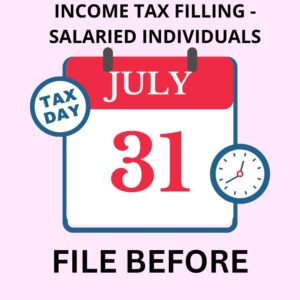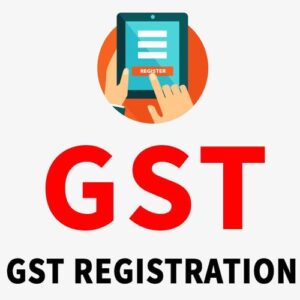Description
Inividual Tax Filling – Canada
Individual Tax Filling – Canada involves reporting your income, deductions, and credits to the Canada Revenue Agency (CRA).
=>Individual Tax Filling – Canada Process :
Gather your documents:
Collect all the necessary documents, such as T4 slips (employment income), T5 slips (investment income), receipts for deductible expenses, and any other relevant documents related to your income and deductions. Do Bookkeeping if required you can checkout our bookkeeping Plans.
Determine your residency status:
Assess your residency status for tax purposes, so it determines your tax obligations in Canada. Residents are generally taxed on their worldwide income, but non-residents are only taxed on Canadian-source income.
Choose a filing method:
You can file your taxes electronically using software, which is a secure online service provided by the CRA. Alternatively, you can also file a paper return by mail.
Complete your tax return:
Use the appropriate tax forms, which can be obtained from the CRA website or through tax software. The main form for individuals is the T1 General, where you report your income, deductions, and credits. So Fill in the relevant sections based on your sources of income and employment income, self-employment income, investment income, and any other applicable categories.
Calculate your taxable income:
Deduct eligible expenses and apply tax credits to reduce your taxable income. Some common deductions and credits include RRSP contributions, medical expenses, charitable donations, and tuition fees. So,Be sure to consult the CRA’s guidelines and seek professional advice to ensure you’re claiming all eligible deductions and credits.
Report your tax liability or refund:
After calculating your taxable income, determine the amount of tax you owe or are owed as a refund. If you have a refund, you can choose to have it directly deposited into your bank account or receive a mailed cheque.
File and submit your return:
Review your tax return for accuracy and completeness. If filing online, use the Netfile service or file through a certified tax software. If filing a paper return, mail it to the appropriate CRA tax center based on your province or territory.
Keep records:
Retain copies of your tax return , supporting documents, and any correspondence with the CRA for future reference.And The CRA may request documentation to verify the information reported on your tax return.
Pay any outstanding balances:
If you owe taxes, ensure you make the payment by the deadline to avoid interest and penalties. So, The due date for most individuals is April 30th of the following year, but it can vary, so check the CRA website for the specific due date for the tax year you are filing.
So, to File Individual Tax – Canada:
It’s important to note that this is a general overview and individual circumstances may vary.
Therefore, seek our professional advice and use tax software to ensure accurate and compliant tax filing.








Reviews
There are no reviews yet.